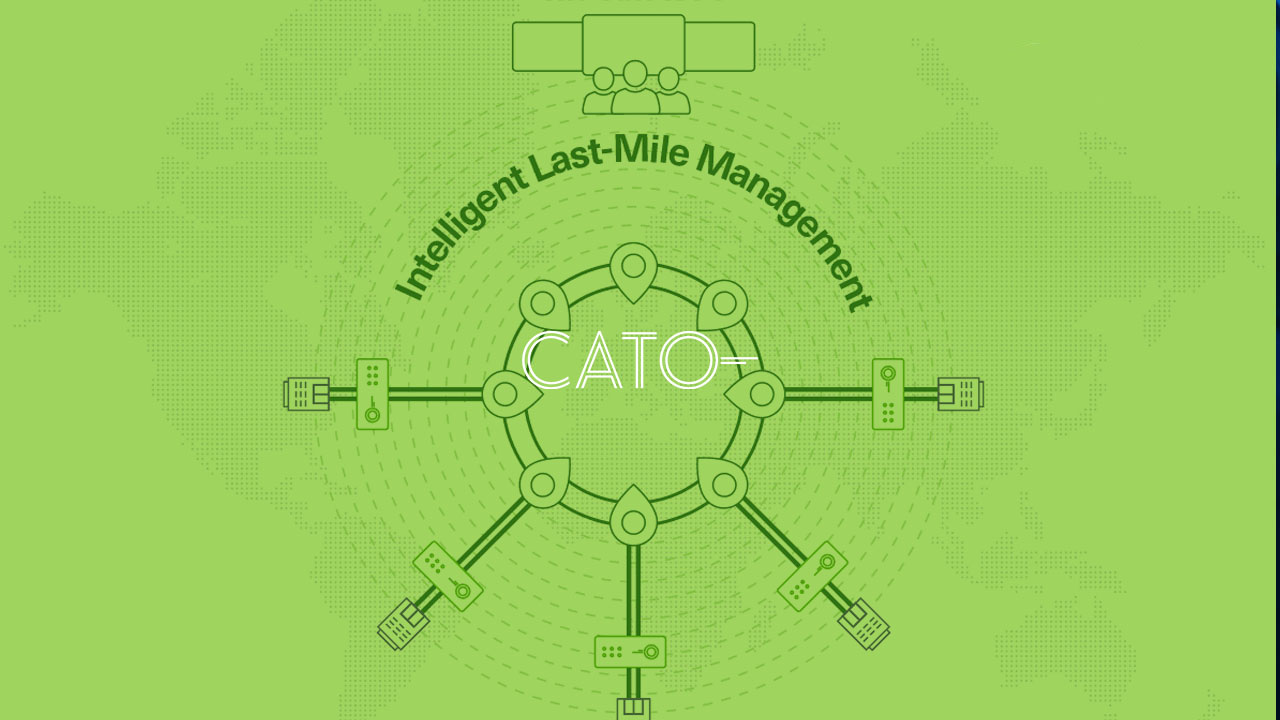As more businesses require day in and day out uptime of their networks, they can’t bear to “put all their investments tied up on one place.” Even MPLS with it’s vaunted “5 9s” SLA, has battled with last-mile accessibility. SD-WAN offers a path forward that fundamentally improves last-mile uptime without obviously expanding expenses.
Early Attempts To Solve The Problem
Starting endeavors to take care of the problems and restrictions of the last mile had constrained achievement. To improve by and large webpage accessibility, network directors would match a MPLS connection with a backup Internet connection, viably squandering the limit of the Internet backup. A failover likewise implied all the present sessions would be lost and commonly the failover procedure and time allotment was not exactly perfect.
Another early endeavor was link-holding which totals various last-mile transport administrations. This improved last mile data transmission and excess however didn’t make any advantages for the center mile transfer speed. Working at the link layer, link-holding isn’t itself software-defined networking, however the idea of consolidating various transports made ready for SD-WAN that has demonstrated itself to be an answer for the present computerized change.
How The Problem Is Solved Today
Working off the idea from link-clinging to consolidate various transports and transport types, SD-WAN enhances the idea by moving the usefulness up the stack. SD-WAN totals last-mile administrations, speaking to them as a solitary pipe to the application. The SD-WAN is in charge of making up for contrasts in line quality, organizing access to the administrations, and tending to different issues while accumulating various sorts of lines.
With Cato, we enhance the last mile utilizing a few methods, for example, approach-based steering, crossbreed WAN help, dynamic/dynamic links, bundle misfortune moderation, and QoS (upstream and downstream). Cato can advance traffic on the keep going a mile, yet additionally on the center mile which gives a start to finish improvement to augment throughput on the whole way. The requirement for high accessibility, high data transfer capacity, and execution are accomplished by empowering clients to organize traffic by application type and link quality, and powerfully appoint the most proper link to an application.
The Cato Socket is a zero-contact SD-WAN gadget sent to physical areas. Cato Socket utilizes various Internet links in a functioning/dynamic design to amplify limit, bolsters 4G/LTE links for failover, and applies the separate traffic enhancements and parcel misfortune disposal calculations.
Willem-Jan Herckenrath, Manager ICT for Alewijnse, portrays how Cato Cloud tended to his organization’s network prerequisites with a solitary stage: “We effectively supplanted our MPLS last-mile links with Internet links while keeping up the nature of our superior quality video conferencing framework and our Citrix stage for 2D and 3D CAD over the organization.”
SD-WAN Leads The Way
The highlights and capacities of Cato Cloud engage associations to break free from the requirements of MPLS and Internet-based network last mile difficulties and opens up potential outcomes for improved accessibility, deftness, security, and permeability. Data transfer capacity-hungry applications and relocations to the Cloud have made a WAN change unrest with SD-WAN driving the way.





